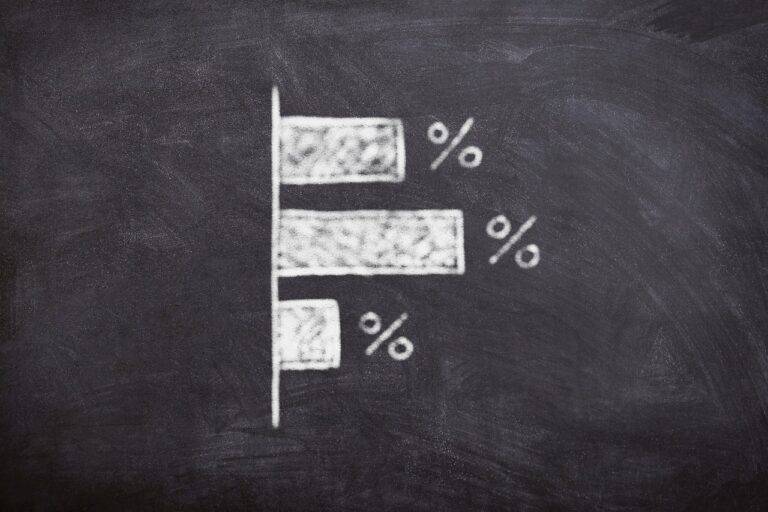Exploring the Role of a Textile Designer in Contemporary Textile Design
In today’s fast-evolving fashion and design industries, the role of a textile designer is more crucial than ever before. With increasing emphasis on sustainability, innovation, and technological integration, textile designer are at the forefront of redefining how fabrics are made, used, and perceived. From clothing and home furnishings to industrial applications, the responsibilities of textile designers have expanded significantly, making them key players in contemporary textile design.
This article delves into the multifaceted role of textile designers, highlighting how their work influences not only fashion but also other industries. We will also explore how platforms like Echelon Design Masters provide invaluable resources and expertise to budding designers seeking to make their mark in this vibrant industry.
The Creative Process Behind Textile Design
Textile design, at its core, is the art of creating patterns, textures, and structures that will be woven or printed onto fabrics. However, the role of a textile designer goes beyond simply designing a pattern. It encompasses a deep understanding of materials, fabric structures, and color theory. Designers must consider the end use of the fabric, whether it will be used for fashion, interior design, or industrial purposes.
Contemporary textile designers are tasked with creating innovative designs that not only appeal to aesthetics but also address functionality and sustainability. With the growing awareness of environmental impact, designers are increasingly exploring sustainable materials like organic cotton, bamboo, and recycled fabrics. They also experiment with eco-friendly dyes and techniques that minimize waste and pollution during production.
Textile Design and Technology Integration
The modern textile designer must possess an adept understanding of technology. Digital tools have transformed the way designers conceptualize and execute their work. Software like Adobe Illustrator and specialized textile design tools allow designers to visualize and manipulate patterns with precision. This integration of technology enhances creativity and efficiency, enabling designers to push the boundaries of traditional textile design.
Moreover, the advent of digital printing has opened new doors for textile designers. Instead of relying on traditional screen printing methods, designers can now create complex, detailed patterns that are directly printed onto fabrics with high precision. This not only reduces the time and cost associated with producing samples but also allows for greater flexibility and customization.
At Echelon Design Masters, aspiring designers can learn how to harness these modern tools and techniques. The platform offers specialized courses and insights into the latest trends in textile design, ensuring that designers remain competitive in an industry that is constantly evolving.
Sustainability and Innovation in Textile Design
One of the most significant shifts in contemporary textile design is the focus on sustainability. Textile designers today are exploring ways to reduce the environmental impact of fabric production and consumption. This includes using renewable materials, developing processes that minimize water and energy usage, and creating textiles that are biodegradable or recyclable.
For instance, zero-waste design is gaining traction in the industry. This approach involves designing textiles and garments in a way that reduces or eliminates fabric waste during production. Textile designers are also exploring the potential of upcycling, where waste materials are transformed into new, higher-value products.
Innovative materials are also becoming a key area of focus. Designers are experimenting with bio-based textiles made from natural resources such as algae, fungi, and plant-based polymers. These materials not only offer sustainable alternatives but also introduce new textures and properties that can be harnessed in design.
The rise of smart textiles is another groundbreaking development. These textiles incorporate technology such as sensors and conductive fibers, allowing them to interact with their environment or the wearer. From fabrics that regulate temperature to those that monitor health conditions, smart textiles are pushing the boundaries of what is possible in the world of textile design.
The Global Impact of Textile Designers
Textile designers play a critical role in the global economy. The textile and fashion industries are massive, and they rely heavily on the creativity and expertise of designers to stay relevant and innovative. From creating fabrics for high-end fashion houses to designing functional textiles for industrial purposes, textile designers impact various sectors.
In regions such as Asia, Europe, and the Americas, textile designers are celebrated for their contributions to culture and industry. Many of the world’s top fashion houses employ textile designers to create unique, signature fabrics that define their collections. At the same time, industries such as automotive and healthcare rely on technical textiles for specific applications, further highlighting the versatile role of textile designers.
The Future of Textile Design
The future of textile design looks promising, with a focus on sustainability, technology, and innovation. As the industry continues to evolve, textile designers will need to adapt to new challenges and opportunities. The demand for eco-friendly fabrics, smart textiles, and advanced manufacturing techniques will drive the industry forward, opening new avenues for creativity and design.
For those interested in pursuing a career in textile design or advancing their skills, platforms like Echelon Design Masters provide an excellent foundation. With access to expert guidance, educational resources, and the latest industry trends, designers can stay ahead of the curve and make their mark in the world of contemporary textile design.
Conclusion
In today’s world, textile designers are more than just creators of patterns. They are innovators, problem solvers, and advocates for sustainability. Their role is vital in shaping the future of textile design, as they continuously push the boundaries of what is possible with fabric. Whether it’s through sustainable practices, technological integration, or creative experimentation, textile designers are leaving an indelible mark on the industry.
For those looking to explore this exciting field, Echelon Design Masters is the perfect platform to gain the knowledge and skills necessary to succeed in the dynamic world of contemporary textile design.







